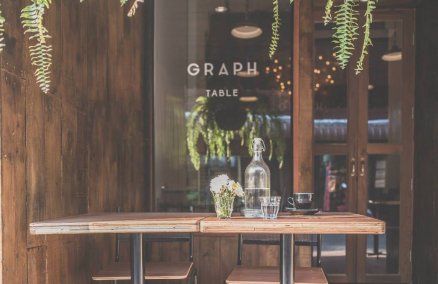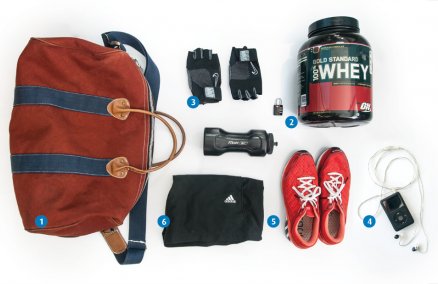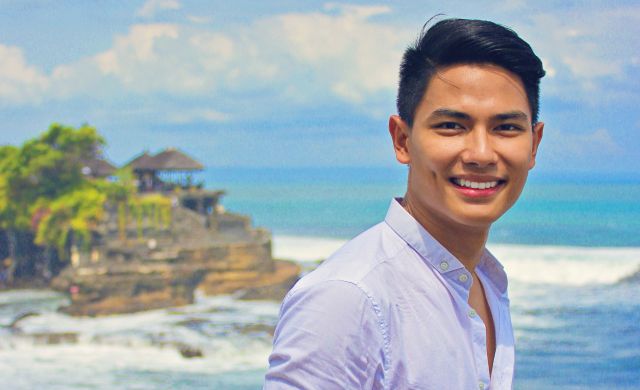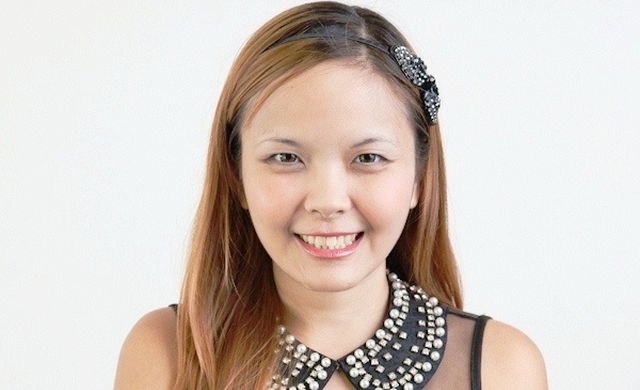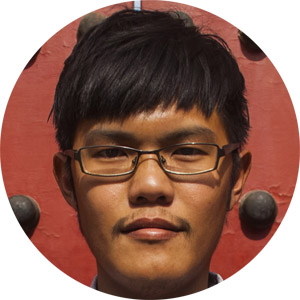I love to prove naysayers wrong. There were heaps of people who ridiculed [the expedition] and said it would never happen.
Mountaineering is about the experience as much as the achievement—two distinct and sometimes mutually exclusive components. Sometimes for the sake of bragging rights, people sacrifice the quality of the experience.
One of the most perfect climbs I had was the Ojos de Salado. It started out with two of us planning. Then my friend got a knee injury. I’d done a solo climb, but never on a big peak. There’s no one to ask for a second opinion. If anything happens to you, it’s self-rescue.
When you’re alone in the desert, you imagine things. I was standing behind a rock in howling wind. I took out my energy bar to eat it. I passed it to my friend—and oops, no partner.
I’m very curious about what I’m capable of and what I’m incapable of doing. That’s been a lifelong journey, made more interesting after I became disabled. What can this body do? I can’t stand on my toes, for example.
The past 15 years, I’ve done all my climbs wearing this [leg brace]. I have to choose my climbs rather carefully.
Alpine style is the purest form of climbing [with no support teams or reconnoitering]. Very few people in this part of the world subscribe to it because the risk of failure is too high, and you know Singaporeans. They just hate failing or losing.
I like the mountains. You get to sleep more than ever. After six o’clock it gets dark, so you can sleep nine hours a day.
I was totally bummed [when I didn’t summit Everest]. But I did what we call a masterful reframe.
I asked myself, “David, what do you want now?” I said, “I want the team to succeed.” Then I became totally motivated once more. Halfway up the mountain, you don’t have the luxury of moping.
I’m fascinated by what makes teams tick, what makes people bounce back from setbacks, and in all the research that’s been done—guess what? We were already doing so much of it in the mountains in the 90s.
Getting to the top is only half the job done.
One of the problems in Singapore is that people become fixated with checkbox ticking. Instead of looking at outcomes, they’re very task-focused. The job is only done when you get the outcome that you want.
We hate losing something more than we like gaining something. That’s the reason people hold on to stocks that have plummeted, hoping one day they will recover. They should cut their losses and move on.
When it comes to travel equipment, buy the best you can possibly afford. I’ve got [a cabin bag] that’s 14 years old. It’s got a solid aluminum tubular welded frame— that’s bomb proof.
There’s a saying in my line of work: “You don’t have to make them laugh…unless you want to get paid.”
The hardest audience is about 15 senior CXOs, who are very hard-boiled. They’ve been to every single business program, and they might be a touch cynical. And you’ve got to engage them in a very Socratic style and make them leave feeling it was worthwhile.
The storytelling tradition has been around since the spoken word. When you have a chance to hear a live storyteller who has wisdom, that’s fascinating. It will never go out of fashion.
One of my childhood heroes is a guy named Nando Parrado from the [flight that] crashed high in the Andes in 1972. I’m fascinated to meet like-minded people who had some way to manage the emotional states through a horrific time and emerged stronger and better for it.
Everything that I do is something I enjoy doing. I have one life. I don’t compartmentalize it.
It’s very sobering when you get your ass kicked. Mountains have kicked my ass. Kebaya-clad ladies have kicked my ass. Early after I recovered, I was hiking up Bukit Timah. Normally it’s 15 minutes to hike up there. It took me 45 minutes. At one stage, this old granny in flip flops looked at me and began to walk faster. Pretty soon she was a tiny speck in the distance.
One should try very hard to have a very light ego. You can take what you do very seriously but you don’t take yourself very seriously.




















